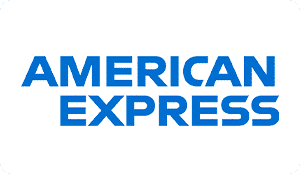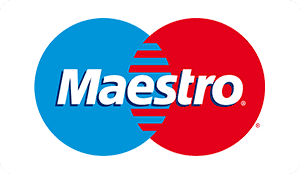What Is CMYK In Printing?
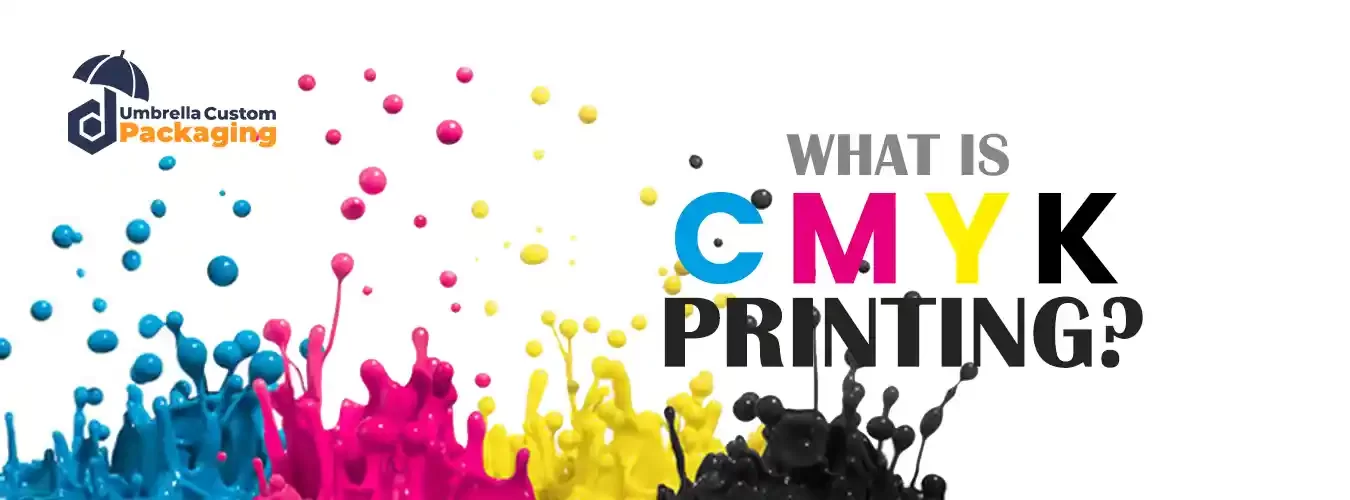
In printing, CMYK stands for Cyan, Magenta, Yellow, and Key (Black), which are the four primary ink colors used in color printing. This color model is called the Subtractive Color Model, meaning colors are created by removing brightness from a white background.
CMYK Explained: The Go-To Color Model in Professional Printing
CMYK is a widely used color model in commercial printing and is popular with print services all around the world. If you have ever worked with a commercial printer, you have likely heard of CMYK and wondered, "What exactly is CMYK?" or "What does CMYK stand for?" and other similar questions. Well, you are in the right place! Here, we will answer all those questions and explain everything you need to know about printing with the CMYK color model. So, let us dive in and explore!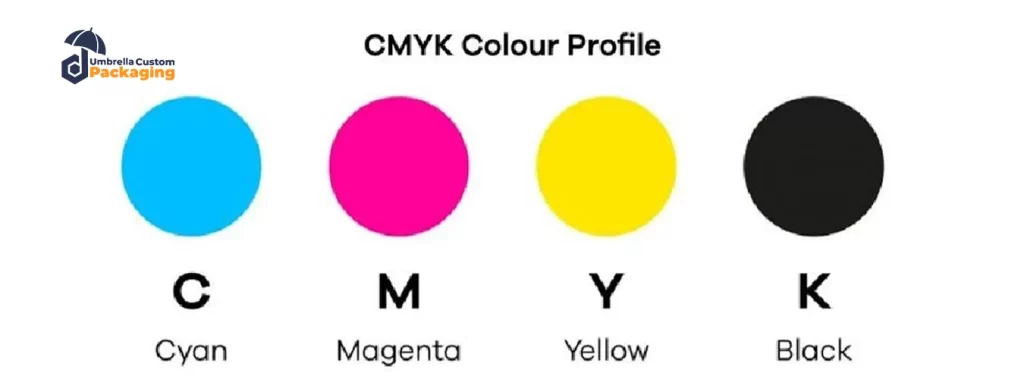
Ink Colors
Cyan (C), Magenta (M), and Yellow (Y) are the main colors mixed to produce other colors.
Black (K) is added to create depth, contrast, and dark tones that cyan, magenta, and yellow alone cannot produce.
Color Mixing
When printing, each color of ink is layered in tiny dots on the paper.
The combination of these inks absorbs certain wavelengths of light, and the unabsorbed light reflects to produce various colors.
For example, layering cyan and yellow inks makes green, while magenta and yellow make red.
Black as “Key”
Black is called the "Key" color because it outlines the darkest parts of an image, adding structure and contrast.
Using pure black ink creates a true black and sharp detail, rather than mixing other inks to get a dark color.
File Preparation
To make sure colors print correctly, digital images should be changed to the CMYK color format before printing.
RGB (Red, Green, and Blue) colors used in digital images appear different when printed, so converting to CMYK is necessary for consistent print colors.
Comparing CMYK, RGB, and Pantone: Key Differences in Color Models for Print and Digital
| Feature |
CMYK |
RGB |
PANTONE |
| Color Model |
Subtractive (uses inks to absorb light) |
Additive (uses light to create color) |
Spot color (pre-mixed specific colors) |
| Primary Colors |
Cyan, Magenta, Yellow, Black |
Red, Green, Blue |
Pre-mixed, standardized colors |
| Usage |
Used in most printed materials (magazines, posters, packaging) |
Used in screens (TVs, monitors, phones) |
Often used in brand logos, packaging, and special projects |
| Application Method |
Colors are layered in dots of ink |
Create colors by mixing light on screens |
Single colors are applied as solid inks |
| Color Range |
Wide, but less vibrant than RGB |
Very wide and vibrant |
Very precise, single colors |
| Accuracy in Printing |
Good for general color but may vary slightly between prints |
Not used for printing, only for screens |
Extremely accurate, ensures brand consistency |
| Best For |
Full-color prints with various shades and details |
Digital media and screens |
Projects needing exact colors, like branding |
| Example Use Cases |
Brochures, business cards, large posters |
Websites, digital ads, mobile apps |
Corporate logos, luxury packaging |
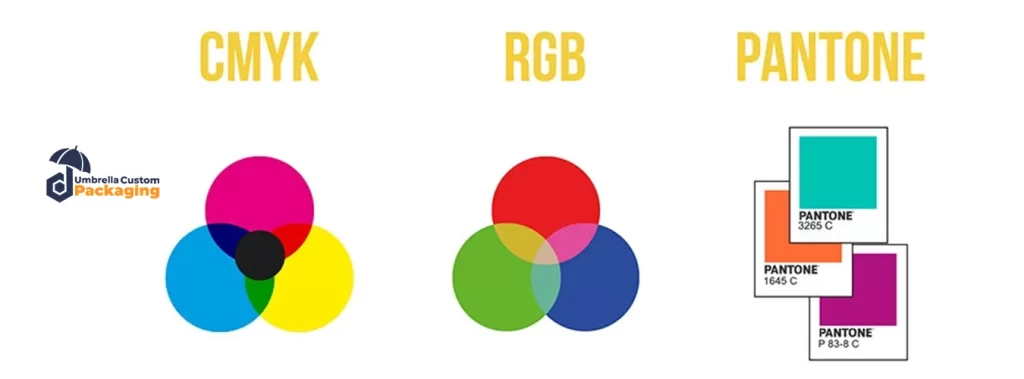
Key Factors to Consider for High-Quality CMYK Printing
When using CMYK printing, there are several important factors to keep in mind to achieve the best results.
1. Color Accuracy
2. Paper Type and Finish
3. Ink Coverage
4. Resolution and Image Quality
5. Bleed and Trim Areas
6. Proofing and Test Prints
Why CMYK is Essential for Printing: Versatile Applications and Benefits
The CMYK color model, which uses cyan, magenta, yellow, and black inks, is widely used in printing because it can produce many colors with just these four inks.
Consequently, it is used in many areas, including magazines, newspapers, and books, where it provides a cost-effective way to print large quantities with sharp images.
While for smaller printing jobs like business cards, flyers, and brochures, CMYK allows for fast, high-quality prints, ideal for quick or custom orders.
Additionally, in packaging, manufacturers use CMYK to print on boxes, labels, and bags, helping brands create colorful and attractive designs.
Moreover, CMYK printing is also popular with artists and photographers because it makes art prints and photos look bright and detailed.
However, for marketing, it allows businesses to print items like brochures and postcards in their brand colors, ensuring a professional look across their materials.
Additionally, business stationery, such as letterheads and business cards, also uses CMYK to keep brand colors consistent across all documents.
Furthermore, for personalized items, like photo books and custom gifts, CMYK’s color range brings photos to life on paper, making these items special and high-quality.
Overall, CMYK is important in printing because it works on many materials and can produce a wide range of colors, making it ideal for both large print jobs and unique, custom pieces.
CMYK Printing Experts at Umbrella Custom Packaging
Umbrella Custom Packaging is an expert in CMYK printing, creating bright, high-quality custom packaging. Thus, with years of experience, they know how to get the best colors using CMYK’s four-color process to make packaging that represents your brand. Moreover, whether you need boxes, bags, or labels, Umbrella Custom Packaging prints each item carefully, giving you, professional and consistent results that help your brand stand out.
Conclusion
Overall, CMYK printing is popular in the printing industry because it uses cyan, magenta, yellow, and black ink to create clear and realistic colors on many materials. While it may not exactly match screen colors (RGB) or specific Pantone shades, it’s an affordable and reliable choice for high-quality prints, like those used in marketing and packaging. In fact, knowing how to make the most of CMYK printing helps achieve great results, making it a top choice for both small and large projects.
Table of Contents
Latest Articles
© 2025 Umbrella Packaging All rights reserved.











